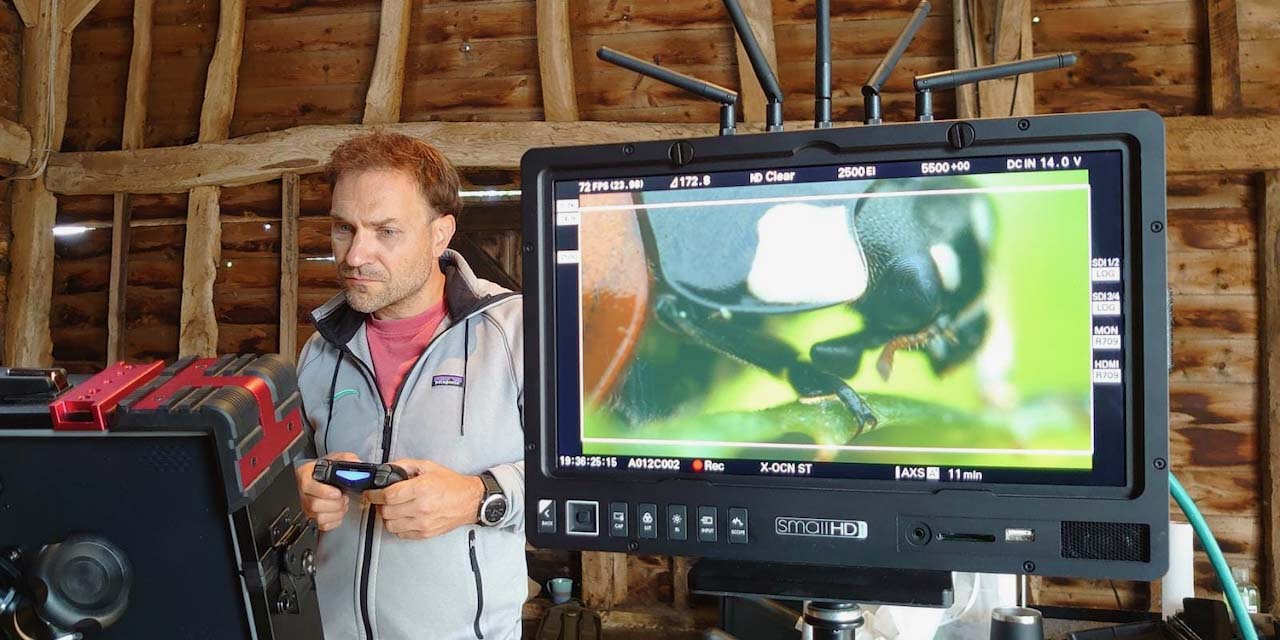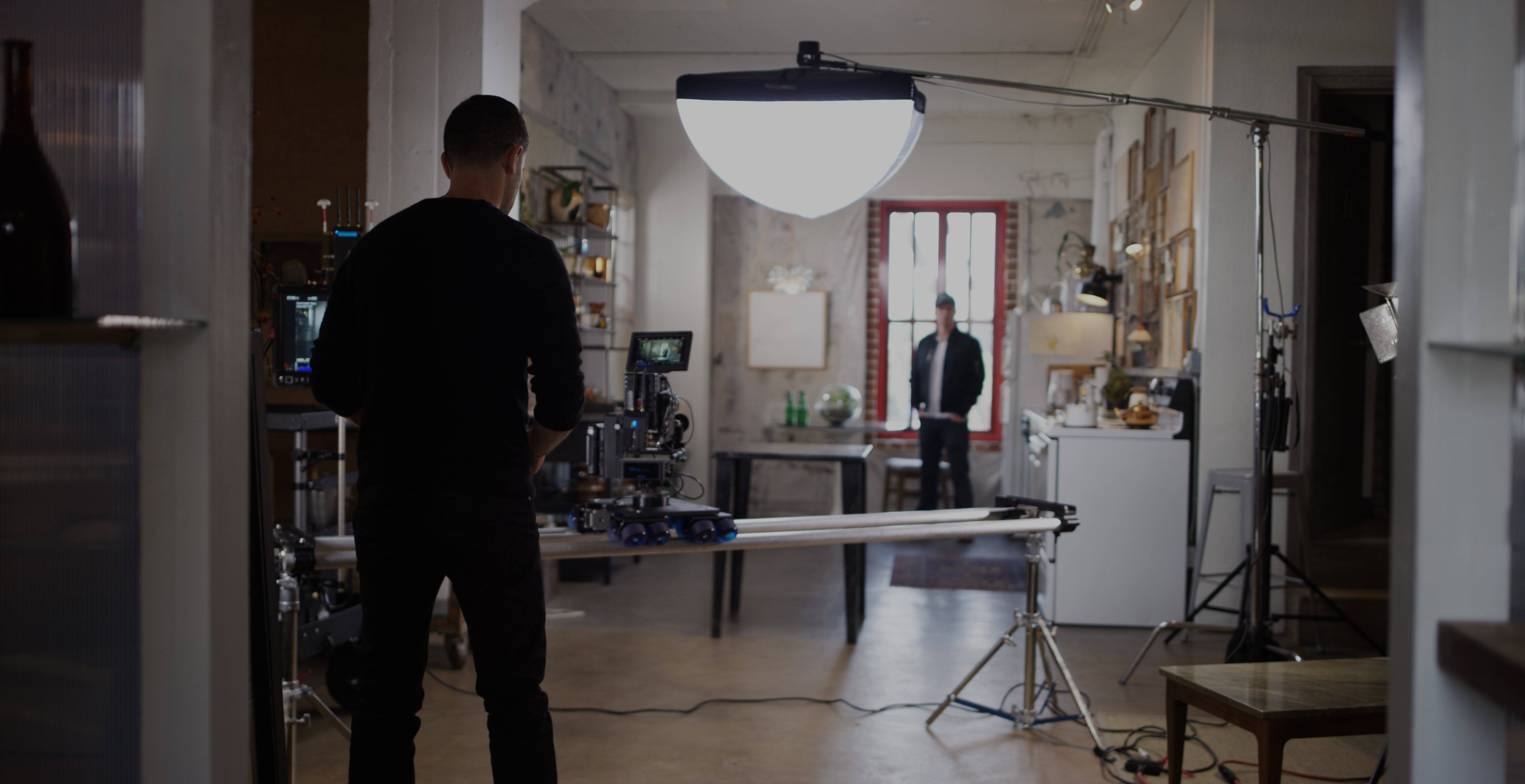News
- All
- 4 axis
- alive
- All Quiet on the Western Front
- AutoDolly
- AutoPan
- awards
- Backlight
- beltless
- bugs life
- clone
- cloning
- Controller
- Dana Dolly
- danadolly
- DDV3
- easy
- easy spectrumst4
- Focus
- ifootage
- infocomm
- inspiration
- interview
- Monorail
- multipass vfx
- Passport
- Product
- reddot
- Robert Hollingworth
- run and gun
- SA2.6
- spectrum ST4
- spectrumst4
- staff pick
- Stand Alone
- timelapse
- user footage
- VFX
- by Brian Burling
Getting the macro shot for Disney + A Real Bugs Life
Remember Pixar’s "A Bug’s Life" from 1998? Shot from the perspective of bugs, it featured very cool animation. On January 24th, the new Disney+ Original Series from National Geographic, "A REAL BUG’S LIFE," brings this concept to...
- by Brian Burling
Create commercial quality visual effects faster, and more easily than ever with the spectrum st4. Repeatable camera movement is a powerful tool that is only accomplished by a computer controller motion control rig. Repeating that motion perfectly, pass, after pass...



